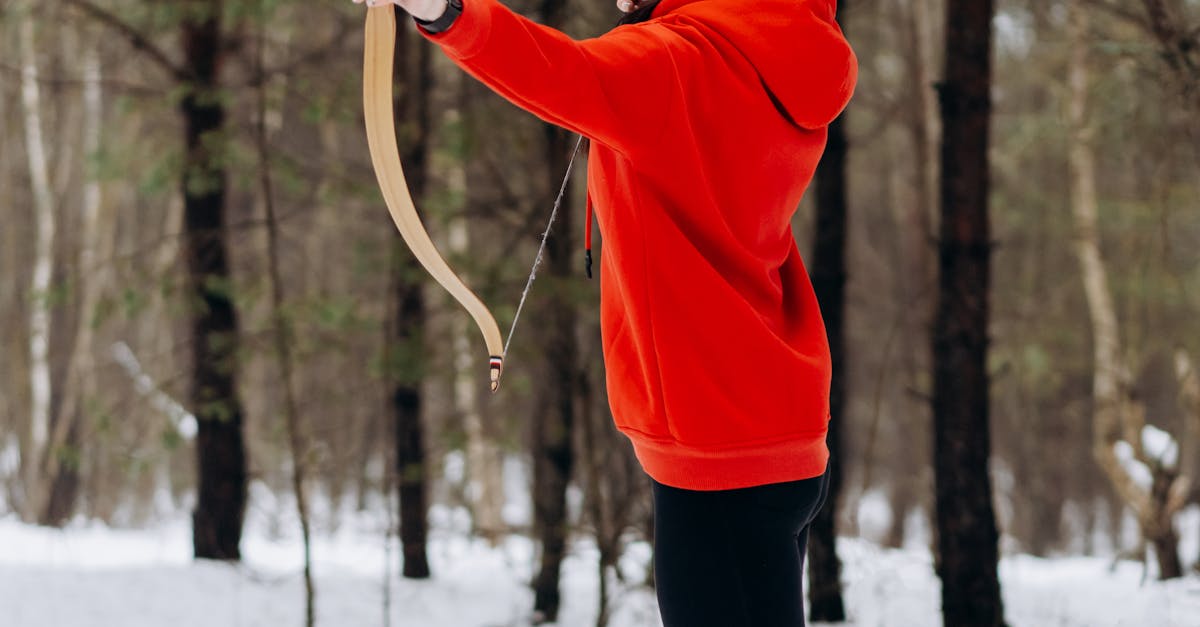
Boot Fitting
Table Of Contents
When it comes to outdoor activities like hiking or skiing, having the right gear can significantly influence your experience. One crucial aspect of proper gear is ensuring that your footwear meets your specific needs. For those with wider feet, the process of boot fitting for wide feet becomes especially important. Traditional boots may cause discomfort or even pain, which is why seeking specialized boot fitting for wide feet can lead to not only enhanced comfort but also improved performance.
Many might overlook the significance of boot fitting for wide feet, assuming that any size or style will suffice. However, a poorly fitting boot can lead to blisters, calluses, and even long-term foot issues. That’s why understanding the essentials of boot fitting for wide feet is key for anyone who values their foot health and outdoor adventures. With the right adjustments and customization, you can ensure that each step you take is supported, allowing you to enjoy your activities without distraction.
Choosing the Ideal Ski Boot for Your Style
While it comes to selecting boots, selecting the ideal ski boot is crucial for maximum performance and comfort. All style requires specific features that may enhance your experience. For instance, when you are running, you will want footwear that provide good support and durability, while casual wear may prioritize fashion over technical features.
Fitting is another crucial aspect to think about when selecting your ski boot. Your ideal boot should embrace your foot without causing discomfort. Keep in mind that the shape of feet vary greatly, so testing multiple options is recommended. Moreover, consider features such as insulation that align with your specific needs to ensure your footwear not only fits well but also performs effectively in various conditions.
Factors to Keep in Mind When Choosing Boots
When picking boots, a person must consider various factors that can influence fit. A right dimension is essential as it can affect your total experience on the slopes. Furthermore, ankle width and volume are important factors that can significantly impact how well the boots function.
A key factor to think about is boot flex of the boot. Different levels of flex can enhance maneuverability and stability when skiing. In addition, boot insulation material can impact warmth and comfort throughout the day. Ultimately, considering the style of the boot can also make a role in your total satisfaction.
Methods to Look After Your Boots
Good upkeep is essential to ensure the durability of your ski boots. Regular cleansing is important for eliminating dirt, salt, and moisture that can harm the material. Utilize a damp cloth to wipe down the exterior and a soft brush for any stubborn spots. Following cleaning, allow your boots to air dry at room temperature, avoiding direct heat sources that can cause cracking or warping.
Applying conditioner on leather boots may also boost their appearance and ability to repel water. Ensure to use products specifically designed for your type of boot material. Store your boots in a cool, dry place when not in use to prevent mold and mildew growth. Consider using boot trees or stuff them with newspaper to help maintain their shape. Implementing these simple practices will help keep your boots looking great and performing well for years to come.
Top Techniques for Keeping Ski Boots
In order to lengthen the longevity of ski boots, proper care is essential. Begin by scrubbing the boots after each use. Use a soft brush to get rid of dirt and debris while ensuring you do not damage the material. Once cleaning, allow the boots to dry out away from direct heat sources. Such helps maintain the shape and integrity of the materials. Additionally, applying a waterproofing treatment can help keep the boots safeguarded from moisture and stains.
Frequent inspections of the boots are vital for identifying any signs of wear and tear. Inspect the soles for any damage or excessive wear, as well as the laces for fraying. Swapping worn-out components promptly can help avoid larger issues down the line. Keeping your boots in a cool, dry place when not in use helps prevent mold and mildew. Implementing boot trees or stuffing them with newspaper can help maintain their shape and absorb excess moisture. These kinds of practices ensure your boots remain functional and ready for your next adventure.
Modern Technologies in Boot Fitting
Today, the boot fitting has significantly improved with modern technologies. Advanced 3D scanning has emerged as a revolutionary tool in achieving a perfect fit. This allows boot specialists to capture the specific shape of a client's foot, ensuring that each contour is addressed. Additionally, heat-activated liners have become another advanced method that improves comfort and performance.
A further approach that exhibits the progress in boot fitting is the use of custom insoles. With sophisticated materials and engineering, custom insoles offer stability that aligns with the unique structure of an individual's foot. This integration of high-tech solutions guarantees that each skier or snowboarder can enjoy a optimal fit, contributing to better performance and reduced fatigue. As these modern technologies, the future of boot fitting looks bright.
Exploring Impact of Advancements on Footwear Adjustment
Advancements have changed the ski boot fitting in the last decade. By utilizing advanced scanning technologies, boot fitters can produce accurate models of each person's feet. This allows for personalized fittings that ensure comfort and performance on the slopes, as a result enhancing the overall skiing experience.
Furthermore, new technologies in materials have led to the development of lighter and more adaptable boot designs. These improvements not only enhance comfort but also enable skiers to have better control and responsiveness. As these innovative solutions, boot fitting industry continues to evolve, making it more efficient for skiers to find the perfect fit.